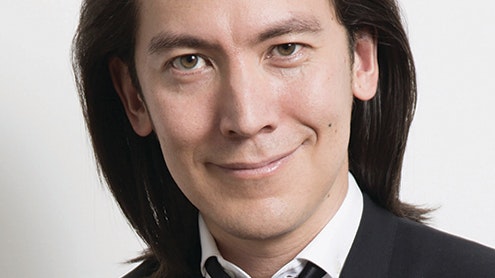Homepage
•
Learning Library
•
Blog
•
Mike Walsh discusses AI, 5G networks and our relationship with tech
Expand breadcrumbs
Expand breadcrumbs
- Learning Library
- Blog
- Mike Walsh discusses AI, 5G networks and our relationship with tech
- Homepage
- •
- Learning Library
- •
- Blog
- •
- Mike Walsh discusses AI, 5G networks and our relationship with tech
Mike Walsh discusses AI, 5G networks and our relationship with tech
By Julie Phillips Randles
June 17, 2019








